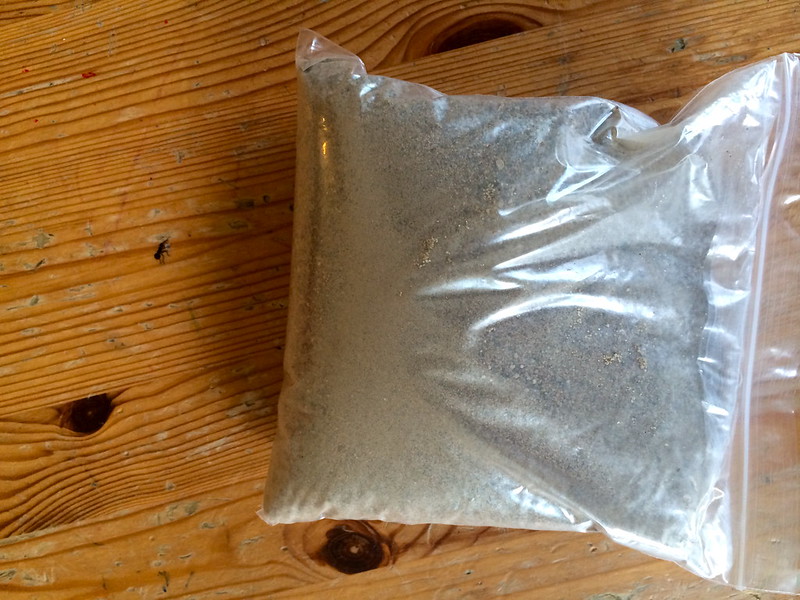
What's new with us? Planning, planning and more planning. We are going to be teaching 4 this year, ages 12, 8, 6 and 4. Whew. That equals approximately 7th grade, 4th grade, 2nd grade and pre-K.
I wasn't going to do really anything for pre-K to be perfectly honest. My tune has changed a lot since my first was 4 years old and I had energy to burn on formal schooling of that child, eager to get started. Now, it's all about the play and a few fun workboxes at that age, or so I thought. Until she grabbed pencil in a really nice grip and started producing letters and saying their sounds spontaneously. Yep, those educational videos do work. But now she wants to write and read, so that laid back pre-K year is not really going to happen. I could slow her down, but I can't bring myself to ignore that passion and enthusiasm to get started.
I did
Sonlight with my two oldest, starting with my oldest before the P3/4 I think they call it was even out. By my third child, honestly that had gotten old. We still have many of the lovely books around, and still read them, but I was past the snippets of several books each day. And I couldn't face another child with their learning to read/write program.
So for the third child we went way the opposite way and did
Funshine Express with her. It was pretty much all crafts all the time with some learning in there too of course. It is really set up for daycares and the like, but worked fine for us. We did even a little of the Buttercups with the younger. The price though was really outrageous for our use. Since it is set up for daycares, you get your month at a time package, and the cost really adds up fast with shipping charges by the month with no option to get the whole year at once. Really a daycare would not want that option. So, while it was well organized and fun, it wasn't going to happen again for this fourth child.
I was stumped for a while, but then I saw
Moving Beyond the Page had a new age 4-5 curriculum. We have used individual literature units from MBTP but never a whole level for a child as the core. We use it as add-on to our basic classical 4-year history cycle. Looking deeper into that 4-5 age curriculum though, it seemed perfect for us. It has the strong literature focus I loved from Sonlight but with a ton more hands on that I loved with Funshine Express. It was that ideal middle of the road thing for us, and was still open and go for this mom who honestly is tired some days and not up to planning out fun and exciting preschool crafts that week.
So, late last week it finally arrived in our hands, and I'm excited to teach this! We got the Materials Kit and the curriculum. Being she is a fourth child, we already own a significant portion of the literature, and what we don't have the library does. There might be a book or two I need to order from Amazon or whatever, but that is fine. It came to just under $150 for the entire year, which is quite good as that included shipping on the box that was larger than my pre-K child.
Check it out with me, materials kit first:


Oh yeah, all organized and tidy in little baggies. This is looking good, right? This is the entire year in the box. Let's look at a single item or two. Each baggie is labeled for when it is used.

Random bag of dirt/sand? Huh. At least it's provided for me! LOL

Then there are the written guides, one for the parent and one workbook for the child. The parent one is broken out by week and day, open and go format. Perfect for me. The student one is just that ... the worksheets for her. As she is a young age 4, I plan to use the
page protectors over some of the letter pages so she can practice then more than once. When she is confident, she can complete the page in her book. Sometimes too, the option of dry erase just adds an extra element of fun to her work.



So that is her main lineup. I also have some tag-along stuff she will do with her older siblings in their studies, little lapbooks she can do as they do harder lapbooks for their level. But her Moving Beyond the Page is set up to be 30 weeks of curriculum, 26 letter units and 4 holiday special weeks. That is perfect for us, and we will be getting started in September. My next posts will be about my olders and their studies, so more to come!




















